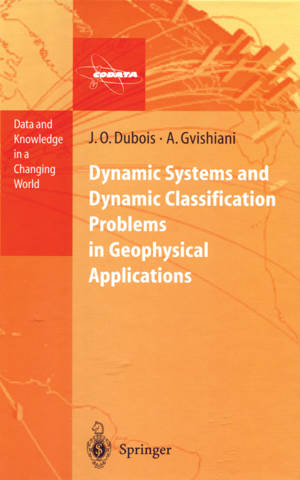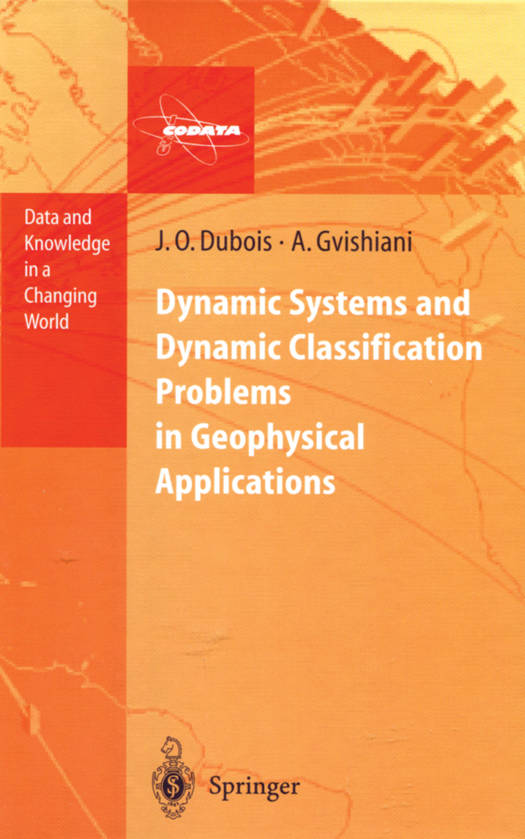
- Afhalen na 1 uur in een winkel met voorraad
- Gratis thuislevering in België vanaf € 30
- Ruim aanbod met 7 miljoen producten
- Afhalen na 1 uur in een winkel met voorraad
- Gratis thuislevering in België vanaf € 30
- Ruim aanbod met 7 miljoen producten
Zoeken
Dynamic Systems and Dynamic Classification Problems in Geophysical Applications
Jacques Octave DuBois, Alexei Gvishiani
€ 111,95
+ 223 punten
Omschrijving
This book is the latest volume in the series entitled " Data and Knowledge in a Changing World ", published by the Committee on Data for Science and Technology (CODATA) of the International Council of Scientific Unions (Icsu). This series was established to collect together, from many diverse fields, the wealth of information pertaining t.o the intelligent exploitation of data in the conduct of science and technology. This volume is the first in a two-volume series that will discuss techniques for the analysis of natural dynamic systems, and their applications to a variety of geophysical problems. The present volume lays out the theoretical foun- dations for these techniques. The second volume will use these techniques in applications to fields such as seismology, geodynamics, geoelectricity, ge- omagnetism, aeromagnetics, topography and bathymetry. The book consists of two parts, which describe two complementary ap- proaches to the analysis of natural systems. The first, written by A. Gvishi- ani, deals with dynamic pattern recognition. It lays out the mathematical VI Foreword theory and the formalized algorithms that. forms the basis for the classifi- cation of vector objects and the use of this classification in the study of dynamical systems, with particular emphasis on the prediction of system behavior in space and time. It discusses the construction of classification schemes, and the evaluation of their stability and reliability.
Specificaties
Betrokkenen
- Auteur(s):
- Uitgeverij:
Inhoud
- Aantal bladzijden:
- 259
- Taal:
- Engels
- Reeks:
Eigenschappen
- Productcode (EAN):
- 9783642499531
- Verschijningsdatum:
- 20/07/2012
- Uitvoering:
- Paperback
- Formaat:
- Trade paperback (VS)
- Afmetingen:
- 156 mm x 234 mm
- Gewicht:
- 390 g

Alleen bij Standaard Boekhandel
+ 223 punten op je klantenkaart van Standaard Boekhandel
Beoordelingen
We publiceren alleen reviews die voldoen aan de voorwaarden voor reviews. Bekijk onze voorwaarden voor reviews.








